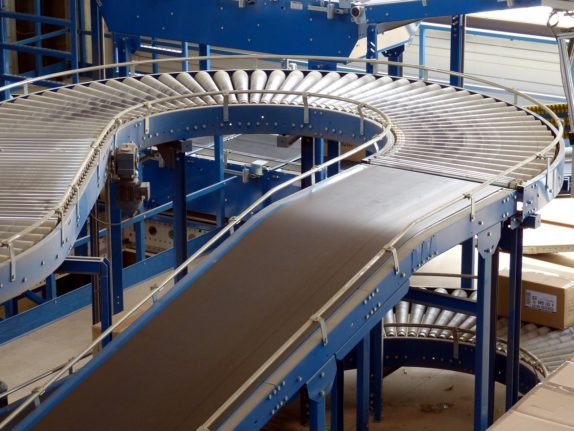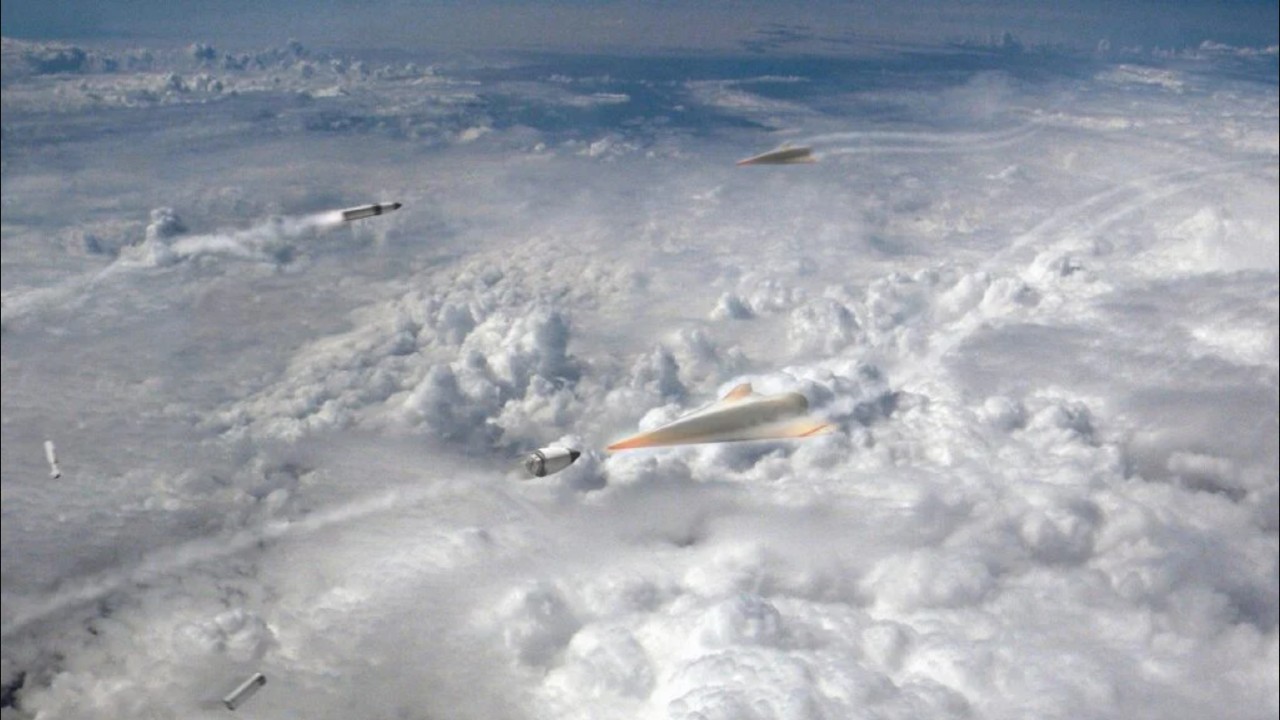You are here: Home / Productivity / The $500,000 Solution to a $12 Problem
John was the CEO of ACME Toothpaste and he was always looking for ways to make his factory more efficient. One of the areas he was looking into was the problems caused when an empty box somehow made its way to a store without containing a tube of toothpaste. When a large box packed with individual boxes of toothpaste arrived at a store, the store would check in the big box and then unpack the individual boxes onto the shelves. If one of the individual boxes was missing a tube of toothpaste, it caused a lot of inconvenience for the store and the company because of the amount of time it took to straighten out the accounting, refunds, etc. On top of all that, empty boxes made the toothpaste company look bad to their customers.
John knew he could improve their efficiency and bolster their relationship with stores if they could make sure they didn’t ever ship out a box that was missing a tube of toothpaste. A high priced consultant was brought in who studied the assembly line and installed a laser system that would shine on the side of each box as it came down the line. If there was no tube in the box, a faint red glow would show up on the opposite side of the box. A sensor could detect this, stop the line, and set off an alarm to notify workers that the box needed to be removed before it got packed. If a tube was present, the sensor wouldn’t see the glow and the box would continue normally down the line.
The system was expensive and by the time it was all wired into the controls and the consultant was paid it cost over half a million dollars. Still, the CEO was satisfied. It worked well in all their tests and the cost of dealing with even infrequent empty boxes was high enough to justify the investment.
After the system had been running for over a month, John was pleased to see in his monthly report that they had not shipped a single empty box. Happy that everything was working as designed, he continued going through the report but was confused when he got to a new line on the report that indicated how many times the system had detected an empty box. There were a few detections the first week the system was installed, but none in the last few weeks. This was unusual and he assumed that something wasn’t reported correctly, so he went down to the line to take a closer look at the laser sensing equipment.
Everything was still there and each box was correctly illuminated with the laser. Starting up the line to get an empty box to test with, his foot crushed an empty box. Looking around he saw a handful of other boxes strewn randomly across the concrete floor–all empty. Then he noticed a desk fan on the opposite side of the conveyor belt blowing toward him.
About that time, the line manager came over to see what he was doing. “Why are all these boxes on the floor?” asked John.
“Oh sorry about that,” said the line manager, “the new system kept stopping the line and setting off an annoying alarm.” After the first two or three times, Bill had gotten tired of the interruptions and had brought that fan over from his desk and set it up to blow the lighter empty boxes off the line so he didn’t have to deal with taking each one off and restarting the line. The line manager said, “I guess I should get a bin over here so we can reuse the boxes instead of dumping them on the floor.”
Just like the CEO, your organization or team probably has a lot greater capacity to solve problems than anyone realizes. Collaboration is the act of getting the people with a problem that needs to be fixed together with the people who are close enough to the potential solution that progress can be made.
In the story, once the empty boxes became a problem for Bill, he quickly made the problem go away. Up to the point that the alarm started sounding, Bill was busy with other things. The empty box issue was a problem that someone else was working on–not something he thought about. Our individualistic culture encourages us to focus more on our part of the work rather than the system as a whole. If everyone is doing their work with blinders on and just thinking about their part of things, it is easy to miss the really big gains that come from working together to make improvements.
Creating a culture of teamwork and collaboration isn’t always easy, but the rewards are great. So how do you do it? Here are 3 ways:
- Talk to each other about problems. Many teams follow a practice where everyone gets together for 15 minutes each day to tell what they did yesterday, what they are doing today, and what obstacles they are facing. Those 15 minutes are an incredible investment in making sure that teams can collaborate and match up someone who is having a problem with someone who may have an idea for a solution.
- Create feedback systems. In the story, the alarm feedback is what prompted Bill to take action. He wasn’t looking at the monthly report like the CEO was. How many problems could your team find solutions to if they had the feedback indicating where something was going wrong? I’ve created feedback solutions for teams that were as simple as printing out a graph from our data every week and putting it on the door to the team room where everyone could see it. Other feedback systems tied into some automated tests and turned on a red lava lamp if there was a problem that needed immediate attention.
- Create a culture of systems thinking. One of the biggest impediments to efficiency is a culture where people say, “that isn’t my job.” There is a meaningful difference in value between someone who feels their job is “sanding a piece of wood” and the person doing the exact same thing that thinks their job is “creating fine pianos.” For your team to collaborate well, they need to be more interested in the outcome of what the team does together than just how quickly they can do their part of it.
Creating a culture of collaboration requires an investment, but the payoff can be very significant.
Reader Interactions
Note: This article have been indexed to our site. We do not claim legitimacy, ownership or copyright of any of the content above. To see the article at original source Click Here














